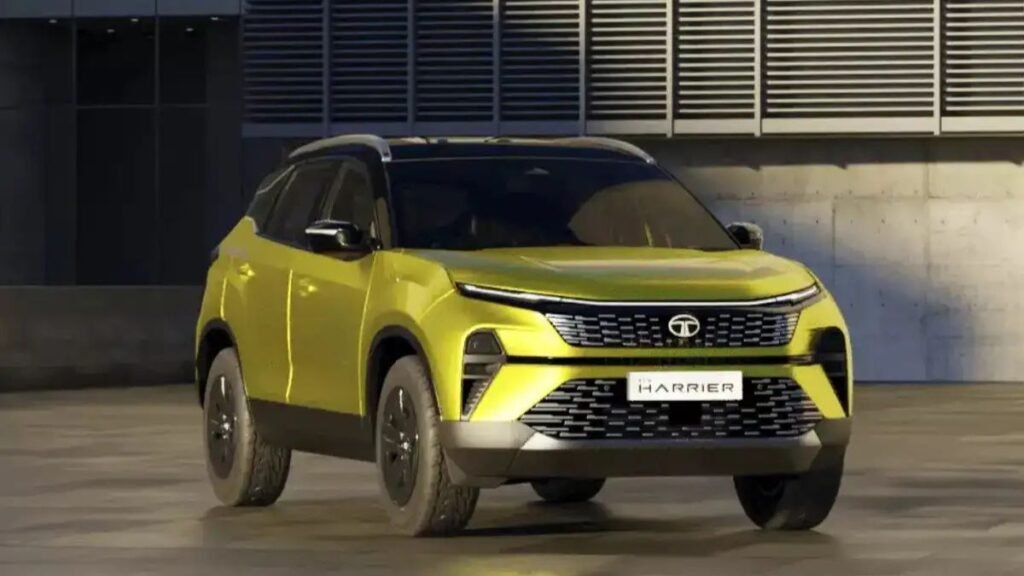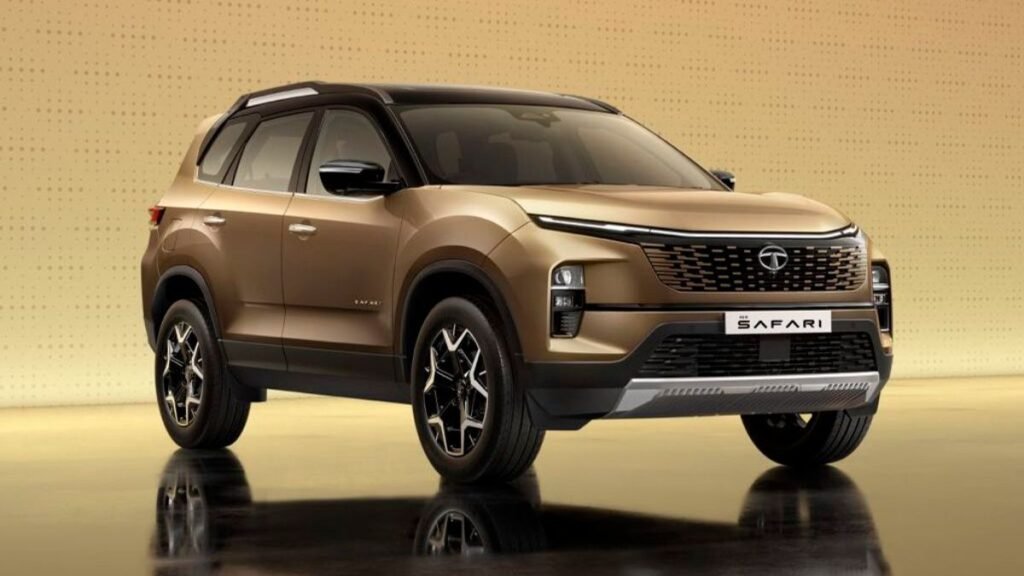For years, Tata Motors’ popular SUVs—the Harrier and the Safari—have been powered by the same 2.0-litre turbo diesel engine sourced from Fiat. While the engine has proven to be reliable and robust, it’s also become a bit of a bottleneck for Tata in terms of performance flexibility and innovation. But that’s now about to change in a big way.
In a significant development, Tata Motors has officially acquired licensing rights to independently modify and develop Fiat’s 2.0-litre Multijet diesel engine. This is no ordinary update—it’s a strategic shift that could completely reshape Tata’s future in the SUV segment.
Why Is This a Big Deal?
Up until now, Tata Motors did not have the freedom to make any technical changes to this engine on their own. Any performance tweaks or ECU remapping had to go through the engine’s original owner, Stellantis (the parent company of Fiat). And that came with a heavy cost—any minor update would have required Tata to pay an eye-watering €10 million (about ₹90 crore), and wait for approval from Stellantis. That made innovation nearly impossible and severely limited Tata’s ability to offer this engine in different configurations for different models.
As a result, whether you bought the Harrier or the Safari, you got the exact same engine output—170 PS of power and 350 Nm of torque. While that’s a decent performance figure, it became a limitation as other manufacturers—especially Mahindra—offered more diverse options from their own in-house engine developments.
Now, thanks to the new licensing agreement, Tata Motors has the liberty to calibrate, tune, and update the 2.0-litre diesel engine entirely on their own terms. They no longer need to seek Stellantis’ permission or pay any fee for making modifications.
What Does This Mean for Tata Motors?

This is a monumental milestone for Tata Motors. It gives the brand full autonomy over one of the most crucial aspects of their SUV lineup—the powertrain. From now on, Tata can tweak the engine’s performance to suit different vehicle profiles or customer segments.
For example:
- They could create a more fuel-efficient version for urban-focused models.
- They might offer a higher performance variant with more power and torque for off-road enthusiasts or premium buyers.
- They can now easily comply with future emission norms like BS7 or Euro 7 without waiting on Fiat’s engineering team.
This level of flexibility was something Tata had been missing. And it’s especially important in today’s fast-evolving automotive market where consumers expect variety, performance, and fuel economy tailored to their lifestyle.
A Smart Move to Save Costs and Time
Creating an all-new engine from scratch is an expensive, multi-year process. Automakers typically spend hundreds of millions of dollars on R&D, testing, and regulatory compliance to bring a new powertrain to market. With this licensing deal, Tata Motors avoids that massive investment and still gets to enjoy a similar level of control over the engine as they would if they had developed it in-house.
It’s a win-win situation:
- Tata gets to retain a proven and well-liked engine
- They gain the freedom to evolve it in a way that suits their long-term strategy
- They avoid the massive costs of developing a fresh engine platform from the ground up
How Does This Compare with Mahindra?

Let’s not forget that Tata’s fiercest homegrown competitor, Mahindra, already had a head start in this space. Mahindra develops its own 2.2-litre mHawk diesel and 2.0-litre mStallion petrol engines. This independence has allowed Mahindra to offer the same engine in different power outputs across their product range—from the Thar and Scorpio-N to the XUV700.
For example, Mahindra offers the mHawk engine in different tunes:
- Around 130 bhp for the Thar
- Up to 175 bhp for higher variants of the Scorpio-N and XUV700
This gives Mahindra an edge in offering tailored performance based on a customer’s needs and budget.
With this new development, Tata Motors can now do the same. The Harrier and Safari could soon come with different engine tunes, perhaps even special editions with sportier or more refined performance.
What About Emissions and Electrification?
Another advantage of having control over the engine is that Tata can now focus on ensuring compliance with future emission standards without external delays. Given that new emission norms are becoming increasingly strict, this control will be critical in keeping the Harrier and Safari road-legal and competitive in markets outside India as well.
It also opens the door for Tata to experiment with hybrid technologies or mild electrification options based on this engine, allowing them to bridge the gap between traditional diesel engines and full EVs.
Final Thoughts: What’s Next for Tata?
This is a pivotal move in Tata Motors’ journey toward becoming a more self-reliant and innovative automaker. Over the past few years, Tata has made tremendous progress in terms of design, safety, and overall vehicle quality. But the one area where they were being held back was powertrain flexibility.
Now that they’ve unlocked that door, expect to see more performance variety across Tata’s lineup. We might soon see more affordable versions of the Safari with a detuned engine, or maybe a high-performance Harrier variant that appeals to enthusiasts. The possibilities are wide open.
While the Intellectual Property Rights still remain with Stellantis, Tata Motors now has the operational freedom that will make a real difference in product planning and competitiveness.
This might just be the beginning of a whole new era for Tata Motors—and it’s something Indian car buyers and auto enthusiasts should definitely be excited about.
FAQs
1. What has Tata Motors received approval for?
Tata Motors has received a license to recalibrate the diesel engines of its Harrier and Safari SUVs.
2. What does engine recalibration mean?
It refers to adjusting the engine’s software to improve performance, fuel efficiency, or meet updated emission norms.
3. Which models are affected by this recalibration?
The Tata Harrier and Tata Safari diesel variants.
4. Will recalibration improve performance or fuel economy?
Yes, recalibration is typically done to enhance fuel efficiency, reduce emissions, or smoothen engine response.
5. Do existing Harrier/Safari owners need to take any action?
Currently, no action is needed unless Tata announces a recall or service update.


